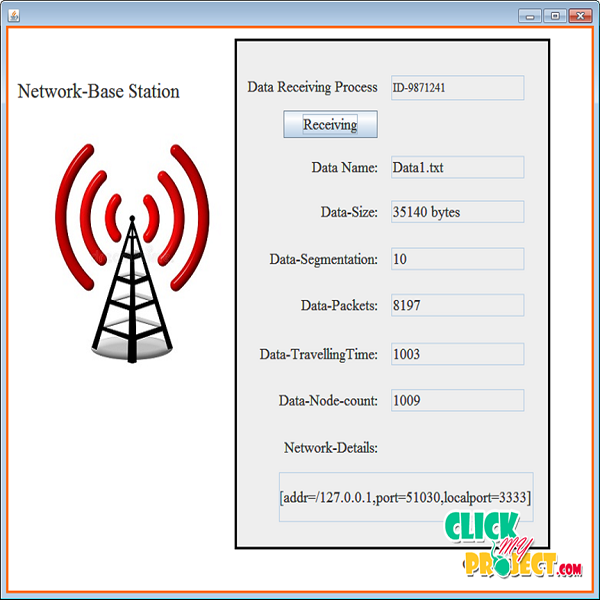Load Balancing Under Heavy Traffic in RPL Routing Protocol for Low Power and Lossy Networks
₹3,500.00
10000 in stock
SupportDescription
—RPL is an IPv6 routing protocol for low-power and lossy networks (LLNs) designed to meet the requirements of a wide range of LLN applications including smart grid AMIs, industrial and environmental monitoring, and wireless sensor networks. RPL allows bidirectional end-to-end IPv6 communication on resource constrained LLN devices, leading to the concept of the Internet of Things (IoT) with thousands and millions of devices interconnected through multihop mesh networks. In this article, we investigate the load balancing and congestion problem of RPL. Specifically, we show that most of the packet losses under heavy traffic are due to congestion, and a serious load balancing problem appears in RPL in terms of routing parent selection. To overcome this problem, this article proposes a simple yet effective queue utilization based RPL (QU-RPL) that achieves load balancing and significantly improves the end-to-end packet delivery performance compared to the standard RPL. QU-RPL is designed for each node to select its parent node considering the queue utilization of its neighbor nodes as well as their hop distances to an LLN border router (LBR). Owing to its load balancing capability, QURPL is very effective in lowering queue losses and increasing the packet delivery ratio. We implement QU-RPL on a low-power embedded platform, and verify all of our findings through experimental measurements on a real testbed of a multihop LLN over IEEE 802.15.4. We present the impact of each design element of QU-RPL on performance in detail, and also show that QU-RPL reduces the queue loss by up to 84 percent and improves the packet delivery ratio by up to 147 percent compared to the standard RPL.




